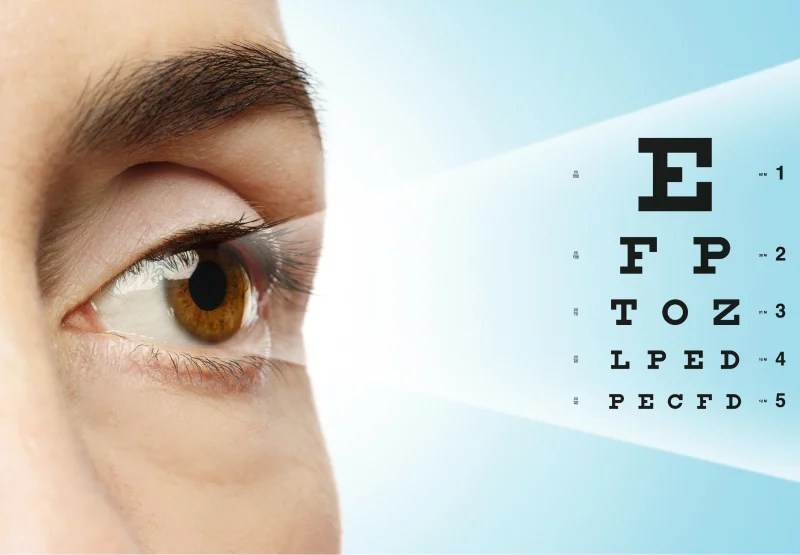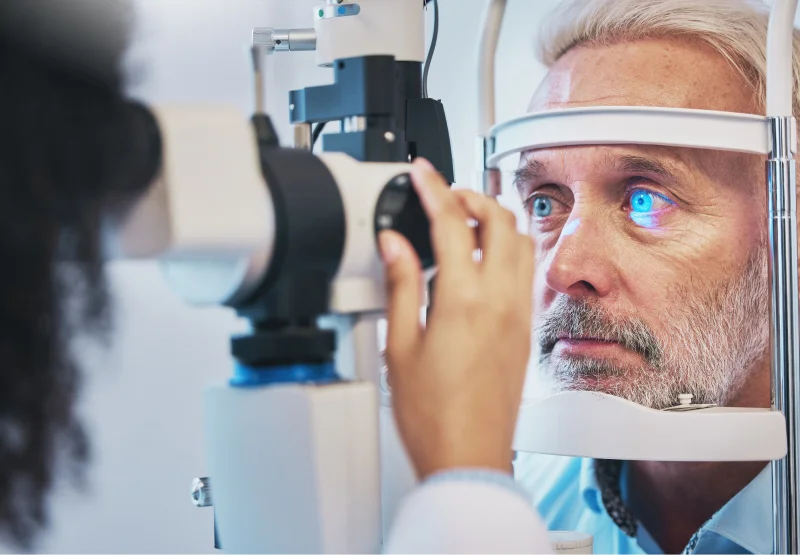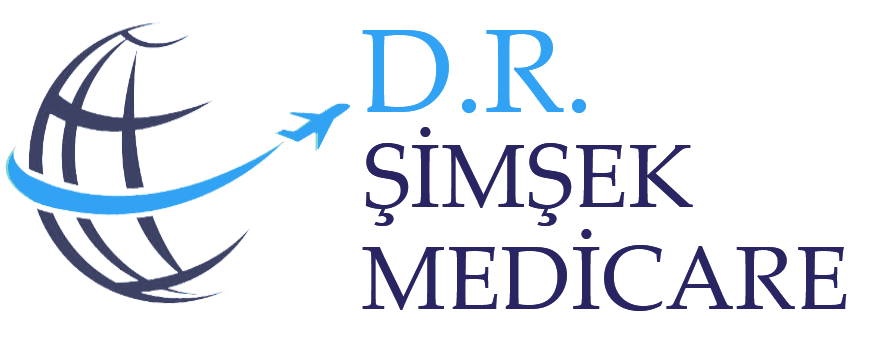Astigmatism Treatment: Solutions for Clear Vision and Comfort
Astigmatismis an eye defect caused by the cornea or lens not having a smooth round shape. This can cause you to see both far and near blurred. Astigmatism is often associated with refractive errors, such as myopia and hyperopia.
Astigmatism Symptoms
Astigmatism usually manifests itself with the following symptoms:
- Blurred and unclear images at both near and far distances
- Eye strain and headache
- Headache and eye pain
- Difficulty in continuous focusing of the eyes
- Deterioration in night vision
Causes of Astigmatism
Astigmatism usually develops due to several factors:
- Genetic Predisposition:
- If there is a family history of astigmatism, the risk of astigmatism is higher.
- Shape Changes on the Eye Surface:
- The irregular shape of the cornea or lens causes astigmatism.
- Eye Injuries or Surgeries:
- Eye injuries or surgical interventions can affect the shape of the corneal surface and lead to the development of astigmatism.
- Prolonged Eye Strain and Excessive Screen Use:
- Eye strain due to prolonged computer or phone use can increase the risk of astigmatism.


Astigmatism Treatment Methods
- Eyeglasses and Contact Lenses:
- It is one of the most common treatments for astigmatism.
- Vision correction is achieved by using soft contact lenses and special astigmatic lenses (toric lenses).
- Refractive Laser Surgery (LASIK, Femto-LASIK):
- It is one of the most effective methods to correct astigmatism.
- Astigmatism is corrected by making corrections on the corneal surface.
- Refractive Implants:
- Especially in advanced cases of astigmatism, vision can be corrected with lenses implanted into the cornea.
- Orthopitic Exercises:
- Exercises can be done to strengthen the eye muscles and reduce the fatigue caused by astigmatism.
Advantages of Astigmatism Treatment
- Clear Vision Quality:
- When astigmatism is treated, clearer vision is achieved at both near and far distances.
- Overcoming Addiction to Glasses or Contacts:
- With surgical methods such as LASIK or Femto-LASIK, patients can get rid of the need for glasses and lenses.
- More Comfortable Vision:
- After treatment, complaints such as headache, eye fatigue and blurred vision are reduced.
Advantages of Astigmatism Treatment
- LASIK (Laser In-Situ Keratomilezis):
- It is one of the most effective laser surgery methods in the treatment of astigmatism.
- This method, which is performed without touching the corneal surface, provides clearer vision.
- Femto-LASIK:
- LASIK is a laser treatment with minimal touch to the surface of the eye.
- Refractive Implants:
- In advanced cases of astigmatism, lenses implanted into the cornea improve the quality of vision.
- PRK (Photorefractive Keratectomy):
- Unlike LASIK, it is an astigmatism treatment method that requires more touch on the cornea.
Advantages of Astigmatism Treatment
- LASIK (Laser In-Situ Keratomilezis):
- It is one of the most effective laser surgery methods in the treatment of astigmatism.
- This method, which is performed without touching the corneal surface, provides clearer vision.
- Femto-LASIK:
- LASIK is a laser treatment with minimal touch to the surface of the eye.
- Refractive Implants:
- In advanced cases of astigmatism, lenses implanted into the cornea improve the quality of vision.
- PRK (Photorefractive Keratectomy):
- Unlike LASIK, it is an astigmatism treatment method that requires more touch on the cornea.
Astigmatism Treatment Options and Application Areas
- LASIK (Laser In-Situ Keratomilezis):
- It is one of the most effective laser surgery methods in the treatment of astigmatism.
- This method, which is performed without touching the corneal surface, provides clearer vision.
- Femto-LASIK:
- LASIK is a laser treatment with minimal touch to the surface of the eye.
- Refractive Implants:
- In advanced cases of astigmatism, lenses implanted into the cornea improve the quality of vision.
- PRK (Photorefractive Keratectomy):
- Unlike LASIK, it is an astigmatism treatment method that requires more touch on the cornea.
What Happens If Astigmatism Is Not Treated?
- Quality of vision decreases:
- If astigmatism is left untreated, blurred and unclear images can be experienced at both near and far distances.
- Eye Fatigue and Headache:
- It can cause long-term vision problems, headaches and eye fatigue.
- Decreased Quality of Daily Life:
- Vision problems can lead to difficulties in daily activities and professional life.
Who are Astigmatism Treatment Options Suitable for?
- Those who are uncomfortable wearing glasses and lenses
- Those who want to prevent the progression of vision problems
- Individuals who want clearer distance and near vision
- Suitable for surgical interventions such as LASIK or Femto-LASIK
- Suitable candidates for refractive lens implants
01
Can astigmatism be completely cured?
Yes, astigmatism can be completely corrected surgically.
02
Does the need for glasses or lenses decrease after astigmatism treatment?
o Usually yes, but some patients may rarely need minor corrections.
03
How long does the healing process take after LASIK?
o LASIK usually provides improvement within a few days, but full recovery can take 1-3 months.
Clearer Vision with Astigmatism Treatment
Astigmatism treatment provides clearer vision at both near and far distances by getting rid of the dependence on glasses and lenses. Refractive surgeries improve patients' quality of life and provide a more comfortable vision experience.











